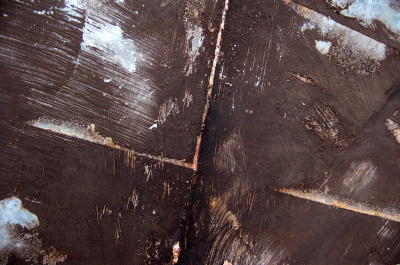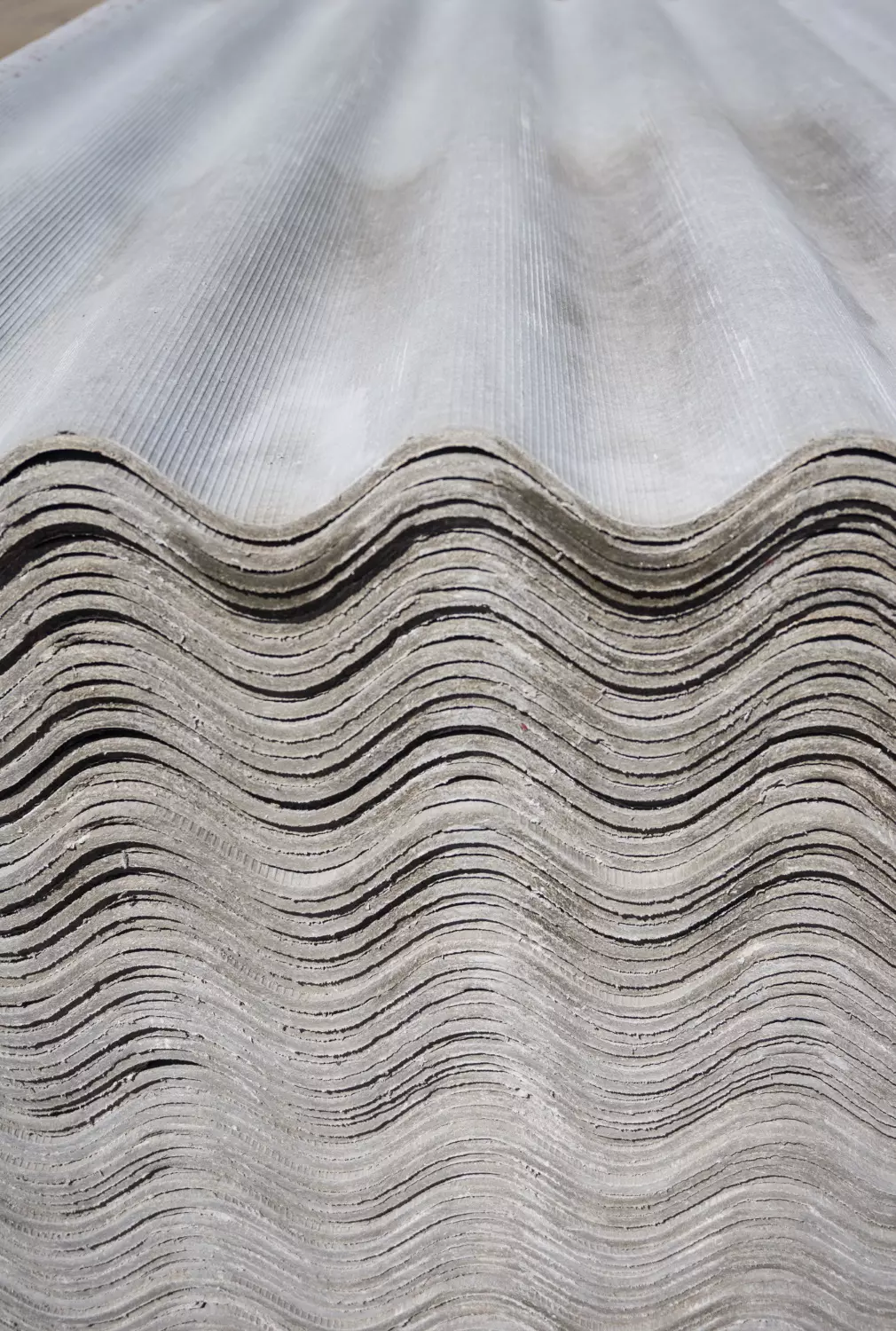What Equipment Do You Need?
To guarantee safety when working with asbestos, the proper tools and equipment must be used. A few examples of personal protection equipment (PPE) are the usage of respirators, safety glasses, protective clothes, and others. Additionally, it's critical to have the proper instruments for the operation, such as machinery for cutting, scraping, drilling, and grinding asbestos-related materials. In order to keep an area clean and safe, it's also critical to employ an air extraction device, such as an industrial hoover. It is imperative to wear PPE that protects the face, eyes, and any exposed skin in order to stop the spread of asbestos dust. This should contain disposable coveralls or overalls, safety goggles, and a full-face respirator with the proper filters. Utilising a dust mask certified for asbestos is also crucial. PPE must be correctly fitted and in excellent condition prior to beginning any job.
Is Careful Removal Necessary?
To reduce exposure to asbestos fibres, skilled asbestos removal is necessary. An examination to identify the kind of asbestos, a risk assessment to establish the appropriate removal techniques and any necessary control measures to lessen the risk of exposure during removal should all be part of the process. Cleaning, collecting, transport, disposal, and decontamination should all be part of the process. Utilising the proper tools and equipment, each of these stages should be carried out with extreme caution.
These procedures will help to guarantee that the removal process is carried out effectively and safely. It's often not advised for occupants of that particular building or residence to remove asbestos-containing items. A professional must be contacted for the purpose. There is no safe or acceptable level of asbestos exposure since it poses such significant health risks to humans. Even a very little amount of environmental fibres may be absorbed by humans and have a devastating impact on their health, leading to conditions including asbestosis, mesothelioma, and lung cancer.
There is currently no therapy for mesothelioma that has produced a cure. When handling or removing asbestos from a location, there are a few safety considerations to keep in mind. If heavy power tools, such as a saw or a drill, are used on the asbestos-containing materials, such equipment may release asbestos fibres into the air. When someone is considering asbestos removal or remodelling a structure, they should always obtain expert assistance and guidance since these actions might disrupt materials containing asbestos and transmit serious, deadly illnesses. It is urged that people refrain from removing any type of asbestos, including insulation, insulation boards, and spray-on coatings. Being trained and having the necessary equipment are both prerequisites for this complicated work.

Need assistance finding asbestos removal near you?
Get a QuoteDecontamination
The phrase "decontamination" refers to the process of removing dangerous compounds from surfaces, clothes, other things, and the environment as a whole. This procedure, often referred to as air and surface decontamination, may involve physically washing the contaminated regions and utilising cleaning agents to remove the toxins. Decontamination can involve a variety of actions, such as isolating and cleaning a specific area, removing individual items to be cleaned in a special facility, or establishing a safe zone for removing traces of contaminants from specific individuals, depending on the substance in question and the environment in which the work is being done.
Decontamination, often referred to as air and surface decontamination, may involve physically washing the contaminated regions and employing cleaning supplies to remove the contaminants. Decontamination can involve a variety of activities, including isolating and cleaning a specific area, removing individual items to be cleaned in a special facility, or setting up a safe zone for removing traces of contaminants from particular people, depending on the substance in question and the environment in which the work is being done.
PPE
Personal protective equipment is an essential first line of defence for lowering the risk when eradicating asbestos is not practical. According to personal protective equipment to use when working with asbestos, personal protective equipment should be worn wherever asbestos is present. It also provides guidance on how to choose and outfit a respirator for use when handling asbestos. Personal protective equipment (PPE) must include the following if asbestos is or might be present: overalls resistant to asbestos dust to reduce the danger of asbestos particles being transmitted to clothes, footwear suited for the task being done, and respiratory protection equipment (RPE) to prevent asbestos fibres from being breathed.
Only laundries designed expressly to handle garments contaminated with asbestos should be used for washing. Neither at home nor at a public laundry is permitted. The dangers associated with asbestos must be mitigated even further by using the proper PPE, even while safeguards must be in place to avoid or decrease exposure to asbestos fibres when working with asbestos-containing material (ACM).
Drilling Asbestos
To avoid the edges collapsing while drilling vertical surfaces, tape the point to be drilled and the exit point (if accessible) using strong adhesive tape, such as duct tape. Spread a significant amount of the thickened mixture over the ACM's drill entrance and exit places (if accessible), and then drill through the paste. Withdraw the drill and clean the wall, the drill, and any lingering debris with moist cloths. Since the rags include asbestos dust and filaments, they should be disposed of as asbestos waste.
If a cable needs to be routed through the hole, install a sleeve to cover the inner edge of the hole, then seal the cut edges with sealant. When drilling horizontal surfaces that are overhead, note the drilling location and then drill a hole through the cup's bottom. Shaving cream, gel or another similarly thickening material should be used to line or fill the inside of the cup before inserting the drill bit. Make sure the drill bit reaches over the cup's lip.
Make sure the cup is firmly pressed up against the surface to be drilled before aligning the drill bit with the designated spot. Drill through the surface, take out the drill bit while keeping the cup securely in place, and then take out the cup from the surface. In order to ensure that the cup stays securely in contact with the surface, remove the drill bit from it before pulling the cup away from the surface. To remove the paste and debris from the drill bit and the wall, use moist rags; discard the rags as asbestos trash since they are likely to be filled with asbestos dust and fibres. If a cable needs to be passed through, install a sleeve to cover the inside edge of the hole and seal the cut edges with sealant.
In this article:

